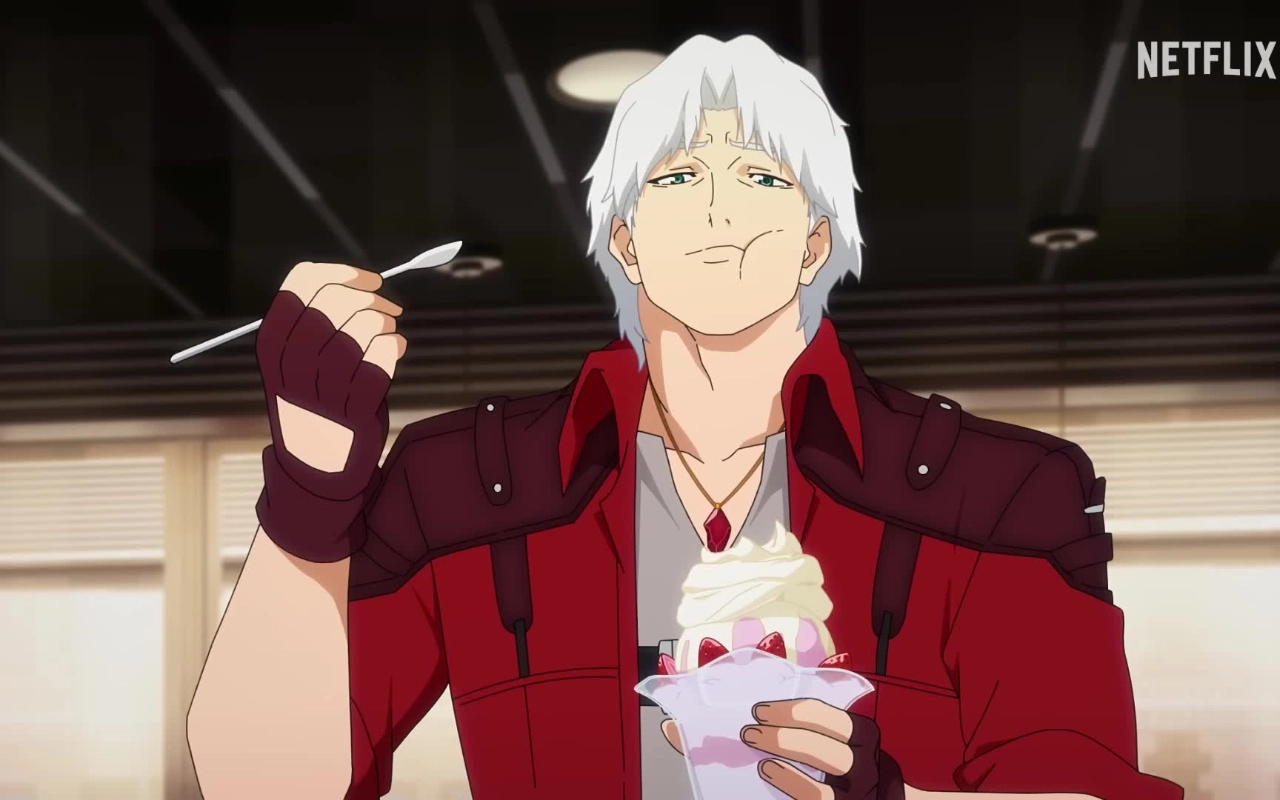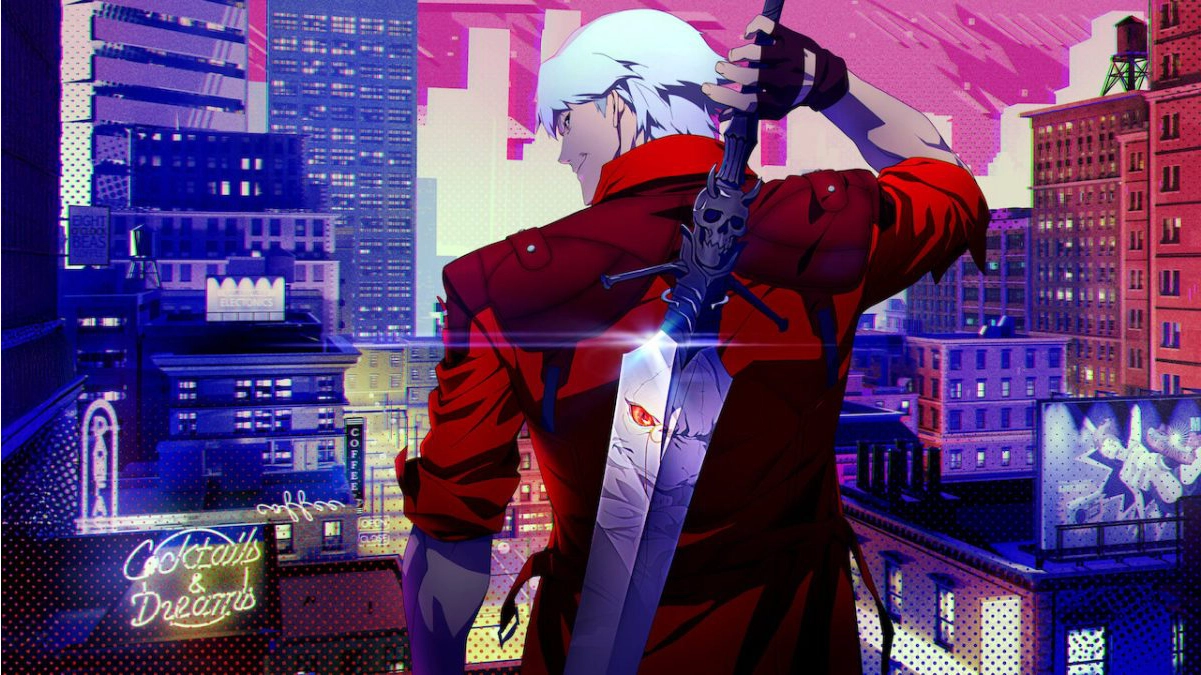Feeding the Content Machine
What makes a good adaptation? The question is more relevant than ever, as Hollywood writ large turns over every stone to feed the ever-churning content mill. At the time of writing, we’re almost three months past the release of A Minecraft Movie. Despite online mockery and cries of “chicken jockey,” the film nearly hit the tantalizing one billion dollar mark at the box office. I’m sure there’s a boardroom full or WarnerBros. studio executives crying they couldn’t make 100 million more. Still, its success is the latest in a string of successful game to film adaptations.
We seem to be fully past the era of abysmal gaming films that plagued us from the 90’s to the early 2010’s. While flops like last year’s Borderlands will always be around, there seems to be more consistency across this new batch of gaming films. Even if none of these movies ends up in the kino collection, it’s hard to deny they’re crowd pleasers that satisfy most of the fans.
Recent Successes
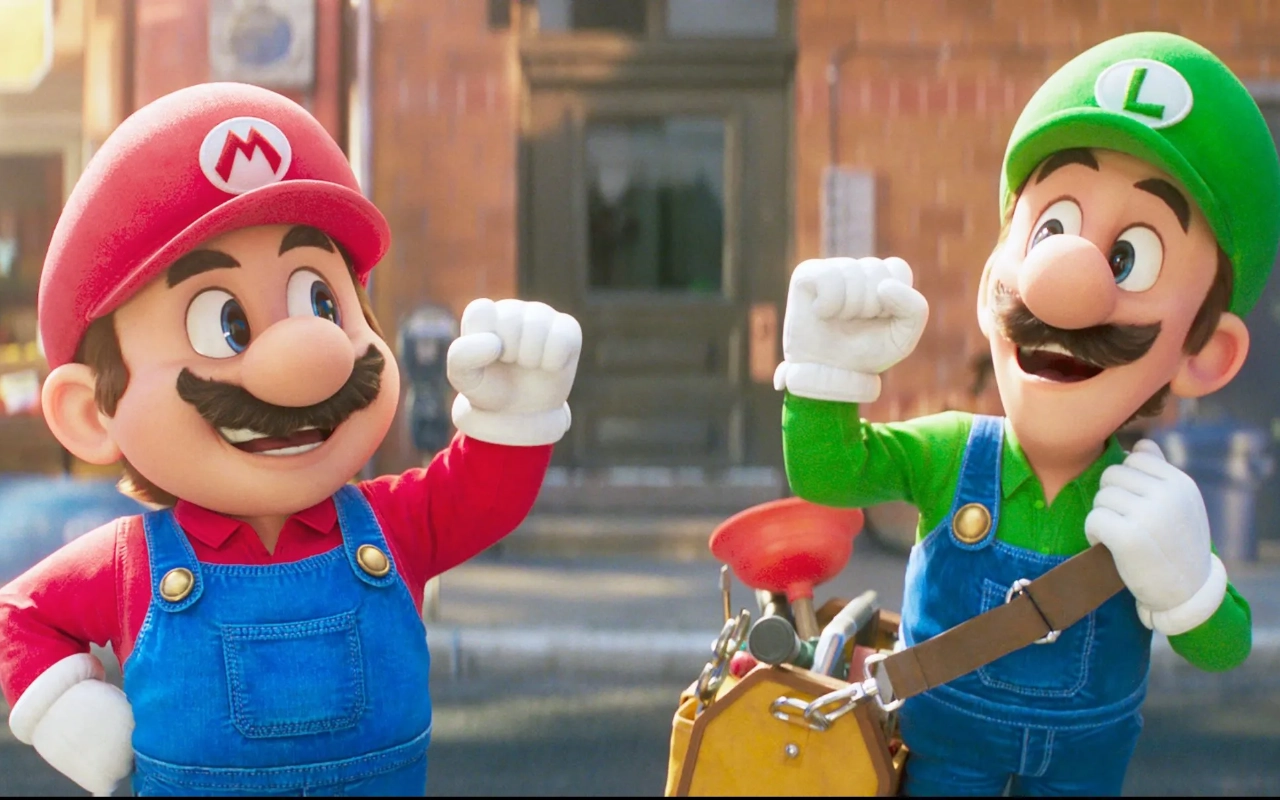
The film versions of The Super Mario Bros. Movie, Sonic the Hedgehog, Five Nights at Freddy’s all made bank at the box office (or did well on streaming), and were reasonably well-received by fans. On top of this, millennials and gen z are gaining more influence (both as producers and customers) in the entertainment industry. I think we can expect more films based on games for the foreseeable future. Even now work is in progress on adaptations from both long running and more recent games: The Legend of Zelda, Iron Lung, and Watch Dogs to name a few, though I’m not sure if any Watch Dogs fans still exist—somebody ask the remaining Ubisoft board members who haven’t jumped out a window yet.
Game Adaptations on Streaming Are Catching Up
It’s taken a while, but it seems the entertainment execs are figuring out the formula to make game adaptations consistently achieve a modest level of quality. Beyond movies, there’s also streaming. Arcane, Cyberpunk: Edgerunners (season 2 in the works), and The Last of Us all became popular, well-received streaming shows. At least the first seasons of Arcane and TLOU, the second seasons are another matter.
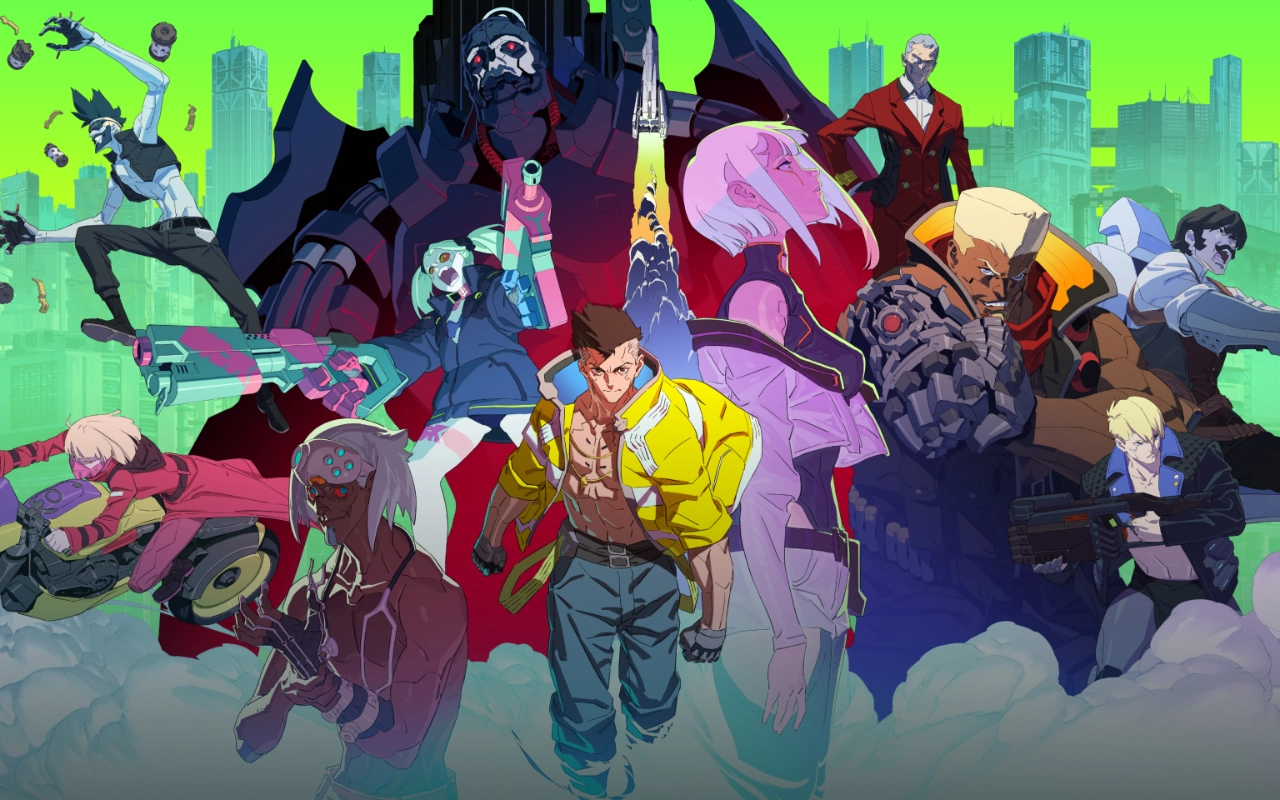
Which brings us to Devil May Cry.
D for Dismal
The only other work by Adi Shankar (the creative lead behind the DMC show) I’m familiar with is Castlevania. The first two seasons fall into the “it’s fine” category for me. The third I didn’t care for. I’m not someone who has played much of the Castlevania series, so I’m not as invested in it compared to DMC. I’ve played every single Devil May Cry game and gotten max S-Ranks on two of them, so I think it’s safe to call myself a fan. I even subjected myself to playing Devil May Cry 2. Here’s a tip: don’t.
Devil May Cry is not a difficult series to understand when it comes to story. They may not be highbrow, complex pieces of literature, but that doesn’t preclude the games from being well written. There is plenty of enjoyment to be found in a simple story told well, and the franchise’s narratives across the five games do a serviceable job. Other fans and I would even argue the characters of DMC have more going on when you peel back the surface.
All to say I was ready to give Shankar and his crew the benefit of the doubt going into this project. If the story beats of DMC are easy to understand, then making a good adaptation should be a cake walk right? Especially since it was first announced in 2018, meaning this project has been seven years in the works.
What Went Wrong for Fans
But the reaction hasn’t been entirely positive. While general audiences might have found the series enjoyable, every DMC fan I know thinks otherwise. Reactions I’ve seen varied from anger, to annoyance, to just plain apathy.
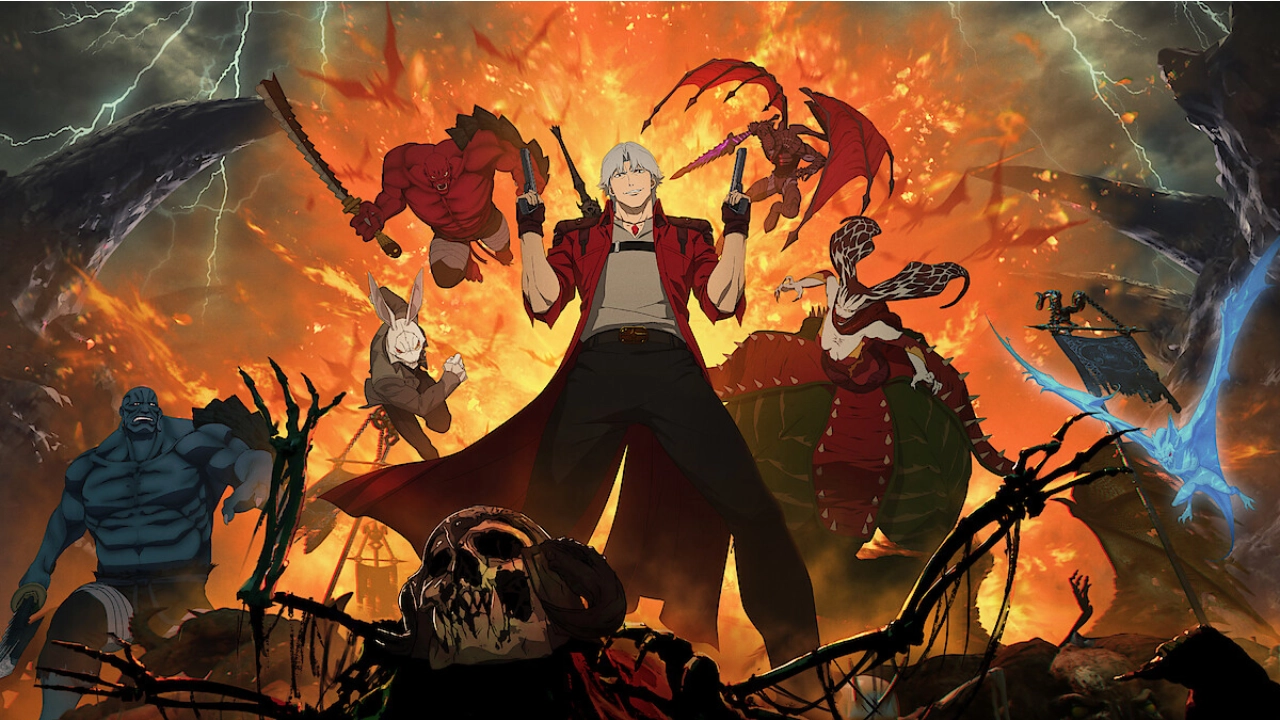
The One Phrase I Keep Hearing
One complaint I’ve heard repeated: “It would be fine if it wasn’t called ‘Devil May Cry.’” I agree, and that’s probably why the Tomatometer and IMDB score aren’t in the gutter. It’s likely many casual viewers have seen the show because it was new and they at least recognized the brand. I wouldn’t assume those viewers would know the series beyond the basic premise. But for dedicated fans, “it shouldn’t be called ‘Devil May Cry’” might as well be a death knell.
If this show only works if we pretend it’s not related to the source material, then what’s the point? If the choice is between an unfaithful adaptation and no adaptation, many fans would prefer the latter. Like it or not, piggybacking off an established franchise implies you owe some consideration to the fans. The producers taking on these projects should at least try to be as faithful as possible, within reason. Fan support is what put them, in a position to adapt the game for television at all. The producers don’t have to kowtow to the fans every whim, I would say asking for 100% accuracy can do more harm than good. But there’s a difference between cutting story beats to keep a show’s pacing smooth, and completely changing characters and backstories.
Suffering through the series had me mulling over the question at the beginning of this article, what makes a good adaptation? There’s no single conclusive answer—much of it depends on what game is being adapted. Things like Sonic the Hedgehog, or Super Mario have a bit more room to play around when it comes to story. But if there is a foundation that needs to be in place, I believe it’s built from respecting both the game’s concept and characters. Much of the online commentariat has already bemoaned the various ways both Dante and Lady had their characters thorougly assassinated. I want to shine a little light on the idea of “concept,” because it gets to the heart of why I didn’t enjoy Devil May Cry.
Not All That Stylish
There’s a tabletop RPG I’ve played called FATE. It’s a rule-light system that leans more towards role-playing and keeping tests simpler than something like Dungeons and Dragons. It’s also where I first learned of the term “high concept.” While the term has existed in storytelling for a long-time, FATE was my first exposure to it. Whenever you make a character in the game, you create a “high concept” for that character, a single sentence or phrase that sums up the core of what your character is. “Paladin of the realm dedicated to justice,” or “Hard-boiled detective with a mysterious past.” I like to think of games in the manner of a high concept, even thinking of games as having a character unto themselves.
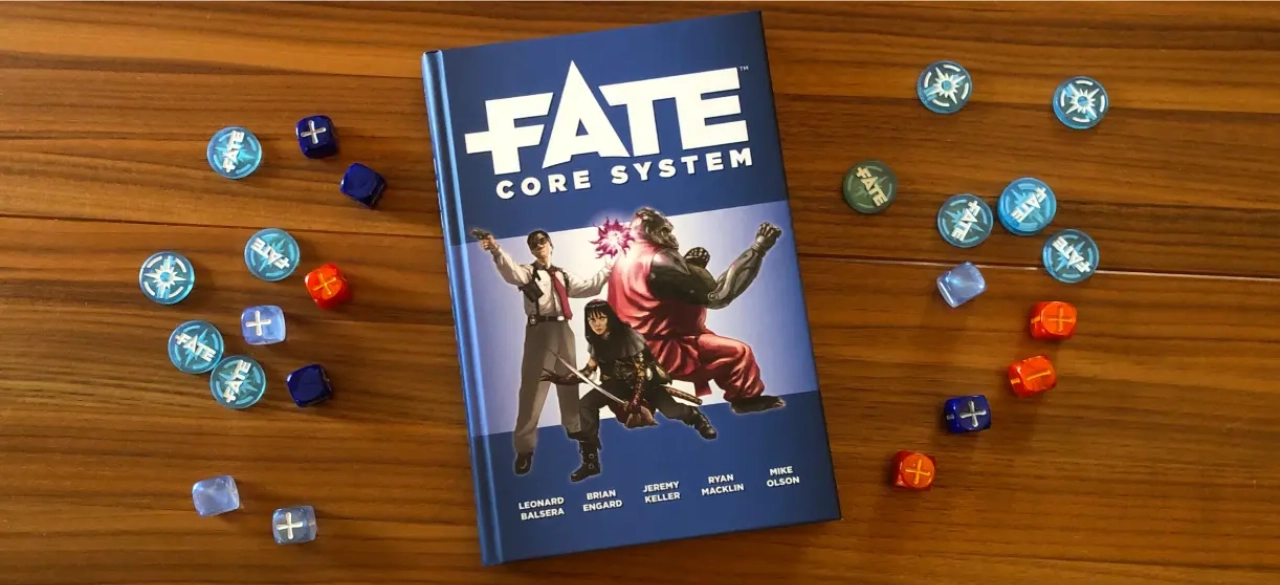
DMC would be “killing demons in over-the-top and stylish ways.” This is the big thing I was looking for, the foundation that Devil May Cry rests upon. After watching through the series, I can’t help but feel the creative team missed this idea by a mile. Most other DMC fans and I were hoping the action would look like something out of a donguri990 video, even half the cuh-ray-zee would’ve been acceptable. DMC has so many over the top moments that serve as excellent reference points for what can appear in an animated show.
The Action Fans Were Hoping For
- Driving a motorcycle up the side of a tower, then bludgeoning demons to death with said motorcycle.
- Riding around on a RPG like a surfboard.
- Slicing a skyscraper-sized demon gate in half with a katana.
- A scene you should absolutely not be watching at work
- Everything about Nico’s van in DMC 5.
These were just the moments I can list off the top of my head of course, there’s plenty more. Nothing in the Netflix show gets even close to the hype, absurdity, and excess of these scenes. Nothing really pushes boundaries. The opening of DMC 3 is a great example of setting the series’ tone. Dante uses a demon as a skateboard, blades he’d been impaled on with as improvised weapons, shoots bullets at pool balls, all while trying to keep his pizza unmolested. The craziest thing I remember happening in the show is…Cavaliere Angelo’s head getting sliced up by a portal? The action feels just ok, and ultimately uninspired. Somewhat fluid sword fights across a generic cityscape, abandoned hospital, and a desolate underworld. “Just fine,” doesn’t really cut it here. It’s enough to make me question whether anyone on this project actually played the games.
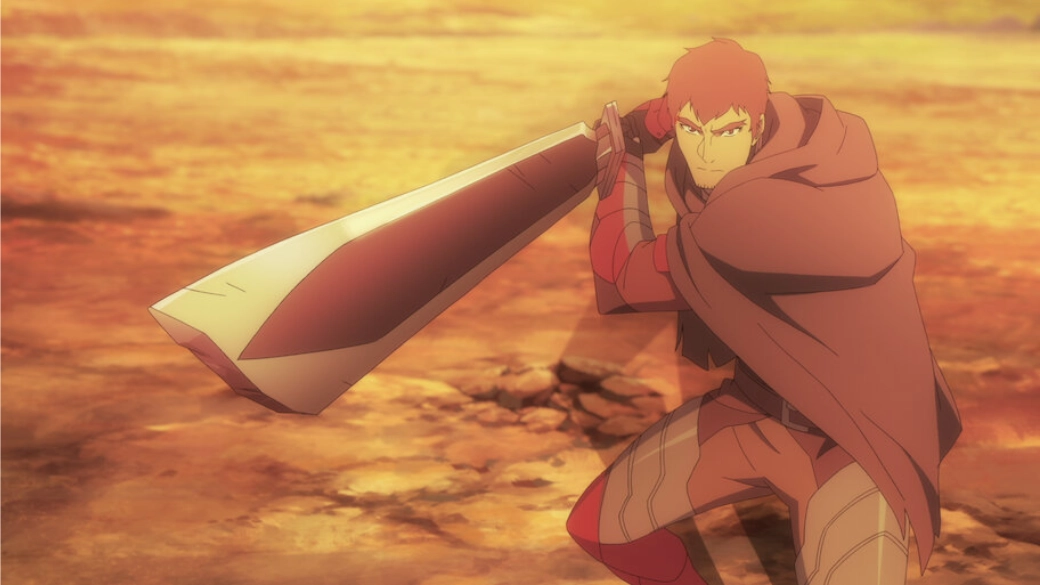
Studio Mir’s Track Record Isn’t Helping
Unfortunately this is exactly what I expected from Studio Mir. The last Mir show I watched was Dragon’s Blood, and as someone who sunk many hours into DOTA, I have many issues with that show as well. But like DMC, the action and visuals in that show were always mediocre, never impressive. Whether this is the fault of the script, the producers, or the animation I can’t really say. The end result is I remain unimpressed.
A Complaint About Setting
As a brief aside, there’s nothing particularly interesting about the scenery of DMC the show. During the production of the first Devil May Cry game, Hideki Kamiya and his crew took a trip to Italy and studied architecture to serve as inspiration for the levels. No such inspiration exists in the locales of this series. There is none of DMC 1’s spooky castle aesthetics from Malet, none of 3’s gothic & demonic architecture from Temen-Ni-Gru, none of 4’s european styling from Fortuna, and or the twisted bio-horror of the Qlippoth from 5. Hell, even the grimy, urban decay and punk aesthetics of the Ninja Theory remake would be welcome here. Instead, there are stock locations that could be swapped in any other cartoon series.
More Than Concept
Even more than any one cutscene, the essence of DMC is playing to get that next adrenaline-pumping moment. Getting the perfect royal guard off on an enemy, dodging a lethal hit with a taunt, getting enough DT to use Judgement Cut End. All of those hype moments are really what make playing DMC special. I think if the producers really kept that in mind, they could have made something great. Instead it’s just bland. They failed to hit the “high concept.”
Granted, just nailing the “high concept” for the series isn’t a guarantee of success for a game to film/series adaptation. Going back to Borderlands, you could argue that “zany mercs treasure hunting on a strange planet” is a concept that gets from the game to the movie just fine. But in a sense that makes DMC’s failure all the worse. If a film as mocked as Borderlands can at least get the core idea of its inspiration right, what does that say about Netflix’s Devil May Cry? At least Borderlands only wasted 101 minutes of your time.
And that’s the problem with Devil May Cry. If the producers were going to deviate from the games in the manner that they did regarding characters and plot points, there was nothing stopping them from keeping to the idea of “going apeshit on demons.” But the cuh-ray-zee seems secondary to an eye-rolling story about demons secretly being refugees with a coating of Bush-era politics. I think Adi’s team needs an update that it’s 2025. Politics doesn’t resemble anything from 2016—let alone 2004.
Can Season 2 Redeem the Series?
For Devil May Cry, there is a chance season 2 is salvageable for those burned by season 1. It requires a big shift in the story and a greater focus on the action, but it is possible. However, given how Adi Shankar has handled criticism following the show’s release, I wouldn’t hold my breath.
